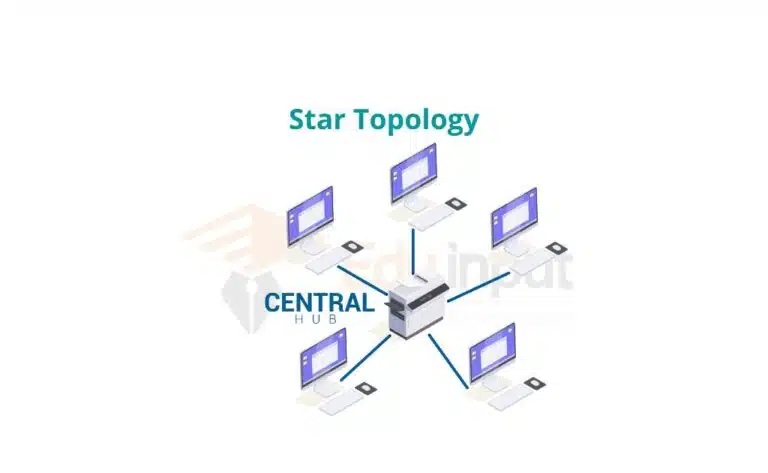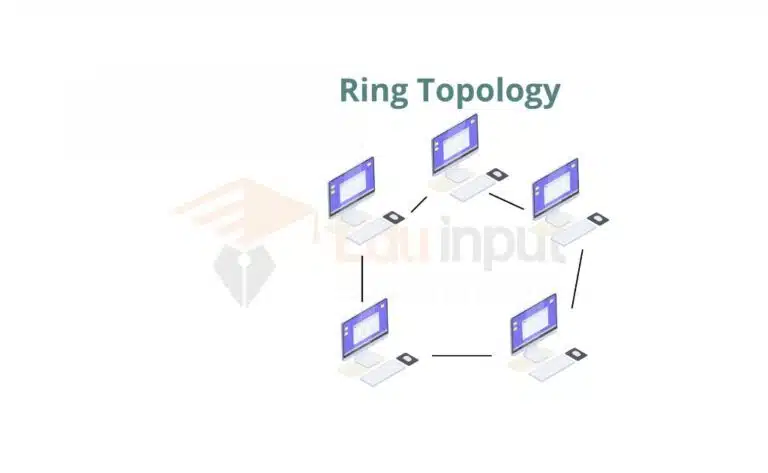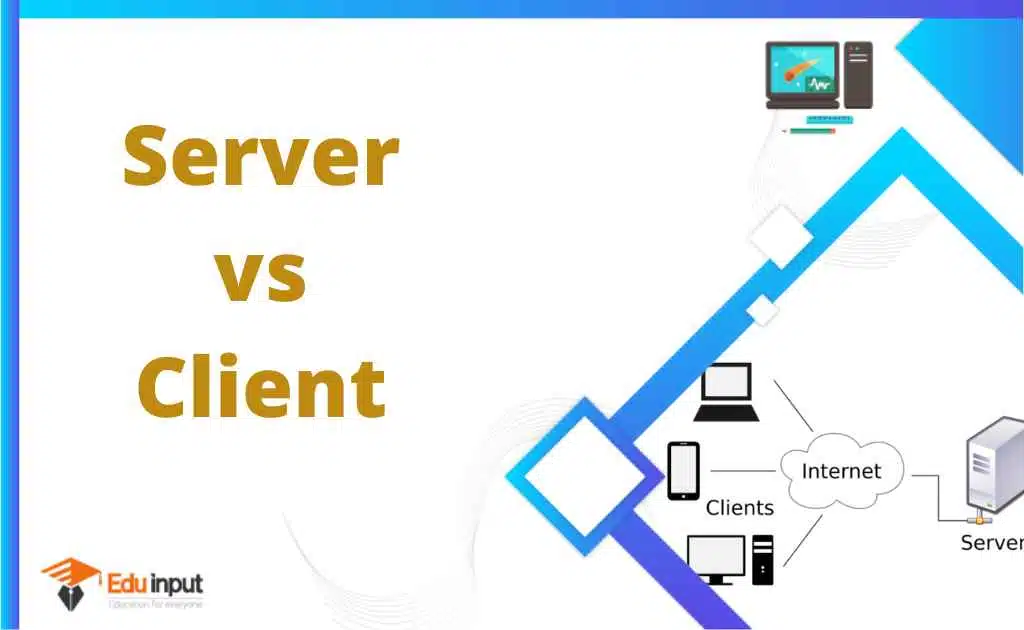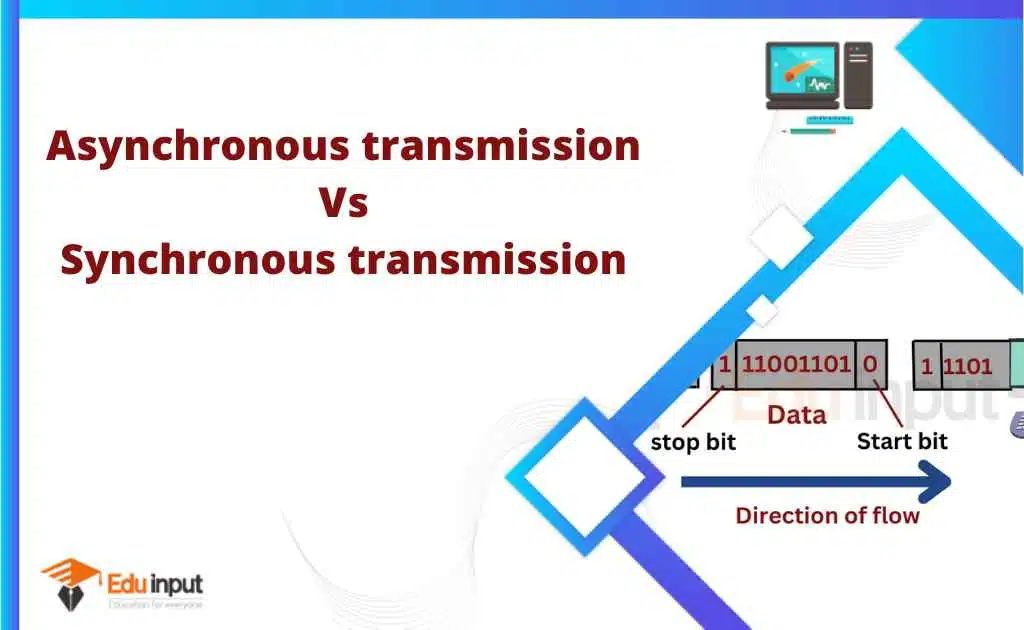Difference between Star Topology and Ring Topology
The main difference between star topology and ring topology is, in a star topology, all devices in the network are connected to a central hub or switch. On the other hand, ring topology connects each device to its adjacent devices, forming a closed loop or ring.

In this article, we will discuss the key differences between star and ring topology along with a separate discussion on both of them.
Star Topology
Star topology is a type of network topology in which all devices in a network are connected to a central device called a hub or switch. The hub or switch acts as a central connection point that allows each device to communicate with all other devices in the network.

In a star topology, data is transmitted from one device to another through the hub or switch. When a device wants to send data, it sends the data to the hub or switch, which then forwards the data to the destination device. This allows for efficient and reliable communication between devices in the network.
If one device in the star topology fails, it does not affect the rest of the network. Additionally, adding or removing devices is relatively easy, as it only requires connecting or disconnecting a cable from the hub or switch.
Ring Topology
Ring topology is a type of network topology in which all devices in a network are connected in a ring. All the devices are connected to the previous device. In a ring topology, data is transmitted in one direction around the loop from one device to the next.

To transmit data, a device in a ring topology sends data to the next device in the loop, which then forwards the data to the next device, and so on, until the data reaches its destination. Each device in the loop must be able to receive and transmit data, and must also be able to act as a repeater, regenerating and amplifying the signal to ensure that it reaches the next device in the loop.
The main advantage of a ring topology is that it is efficient and can provide fast data transfer rates. Additionally, because there is no central device that controls communication, each device in the network has equal access to the network resources.
Star Topology vs Ring Topology
The main differences between star and ring topology are given below:
| Feature | Star Topology | Ring Topology |
| Connectivity | All devices are connected to a central hub or switch | Each device is connected to its adjacent devices forming a closed loop. |
| Data transmission | Unidirectional | Bidirectional |
| Central point of control | No | Yes |
| Cost-effectiveness | Star topology requires a central hub or switch, which can be expensive. | Ring topology requires less expensive networking components. |
| Scalability | Difficult to scale | Easy to scale |
| Performance | Efficient | Less efficient |
| Failure | In a star topology, if one device fails, it does not affect the other devices in the network, but the failure of the hub can bring down the entire network. | If one device fails, the entire network is affected because the data cannot be transmitted to the next device. |
FAQs
How does data travel in star topology?
In star topology, data is sent from one device to the central hub, which then forwards it to the target device.
What happens if a device fails in star topology?
If a device fails, the rest of the network remains unaffected. However, if the central hub fails, the entire network stops working.
Which topology is easier to troubleshoot?
Star topology is easier to troubleshoot because issues are isolated to specific devices or the central hub.
Is star topology faster than ring topology?
Yes, star topology is usually faster because data is transmitted directly through the central hub, unlike ring topology where it passes through multiple devices.







Leave a Reply